Summer is finally here, and Amal Sarhan discovers some sunny islands for you to explore.
With the onset of the hottest time of the year and the simmering heat, we head towards the Mediterranean for sunshine and cooler waters. But instead of going to the mainland, we head south to the islands that bejewel its neckline to discover the offshore paradises of some major European countries.
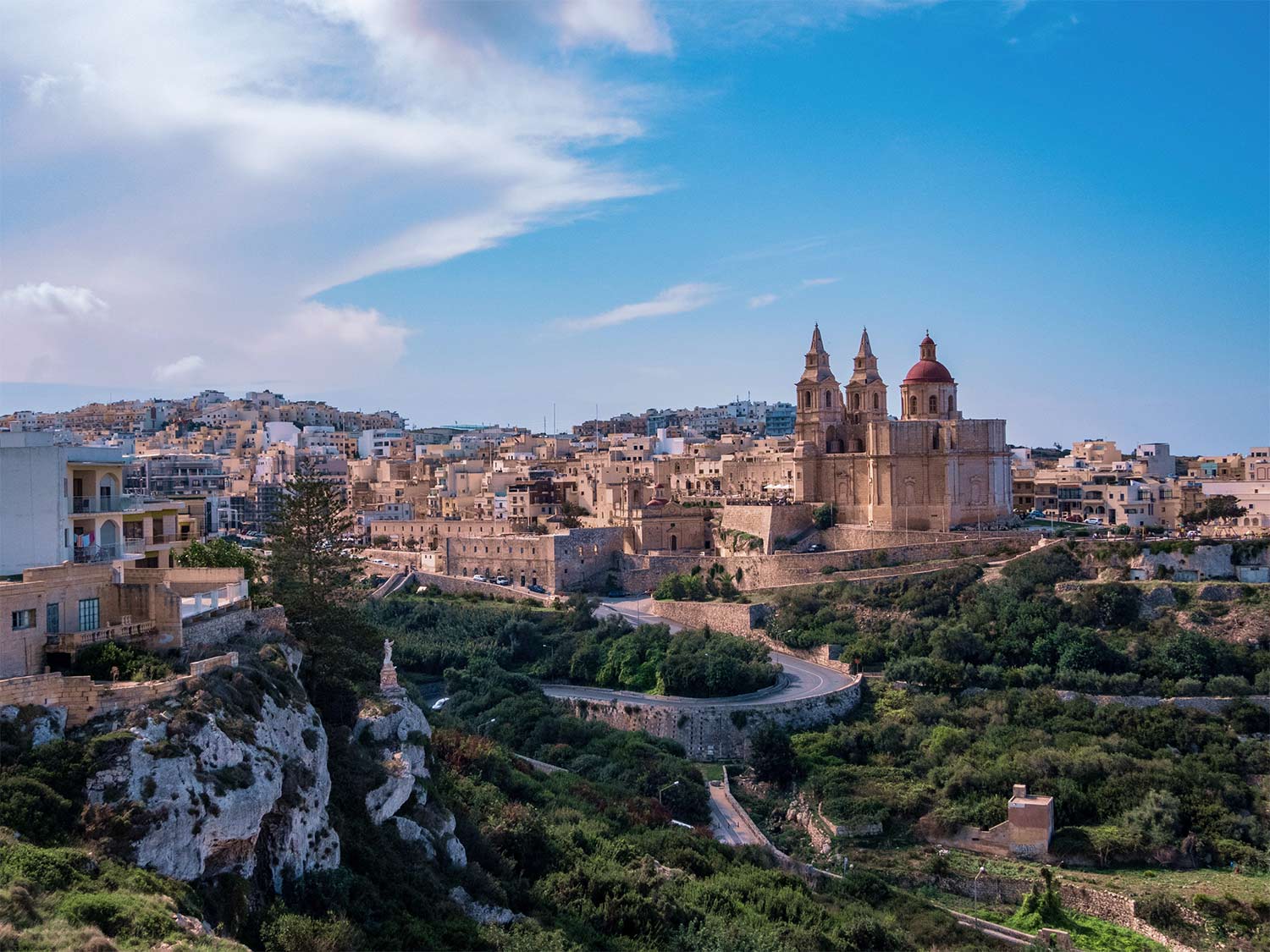
Malta
Known as one of the tiniest nations in the world and home to luscious beaches, this paradisial island is brimming with things to do.
We start at Mdina, the old district and ancient capital of the island, the name of which is familiar to us due to its Arabic root meaning ‘city’. Entering this part of the island is like going back in time. Vast residences and high walls meander through the area, with small beckoning doors leading to expansive houses. Head towards Valetta, the island nation’s capital and a popular location. Visit the Upper Barrakka Gardens built in the 1560s with magnificent archways and a flower-ringed fountain in the middle. The gardens are the highest point of the old city walls, with a terrace offering spectacular views of the Grand Harbour, the ‘Three Cities’ of Vittoriosa, Senglea and Cospicua, and the shipyards below.
Any beautiful city will have those little nooks and crannies that are simply charming. Merchant Street is the place for that in Valletta. For foodies, head down to Republic Street, crammed with petite eateries. The Triton Fountain is a big square where one can spend time strolling around. One of Valletta’s gems is the St. John’s Cathedral Museum, a majestic 16th-century monument considered one of the finest exemplars of Baroquestyle architecture in the world. Another gem is the Casa Rocca Piccola, the 16th-century palace of a Maltese noble family with highly luxurious interiors and intricate furnishings, fit to dazzle the richest of sorts. The Teatru Manoel is another magnificent building with beautiful architecture, built in the 18th century. Catch Othello or Requiem for Juliet on May 13 and 27, respectively. For museum and art lovers, visit the Museum of Fine Arts, the Malta Postal Museum and Arts Hub, the National Museum of Archaeology, The Knights Hospitallers, The Museum of Russian-Maltese History or the Palazzo de la Salle.
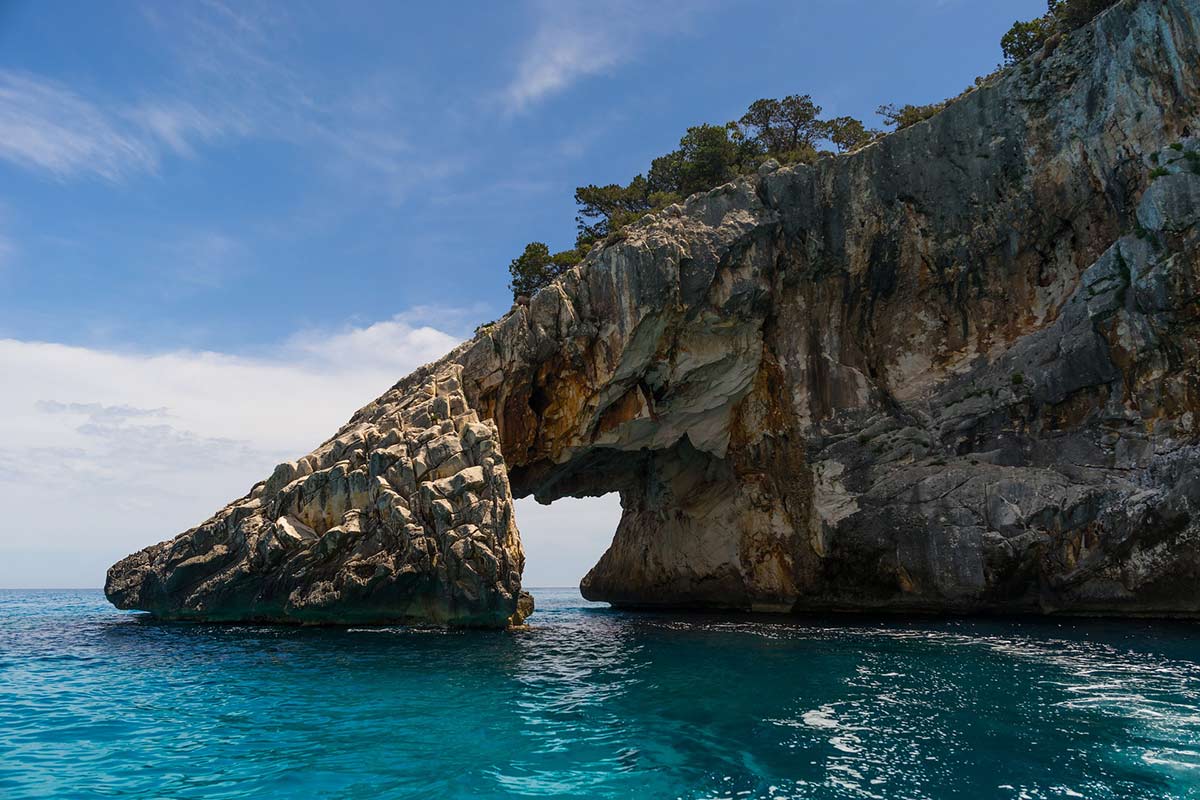
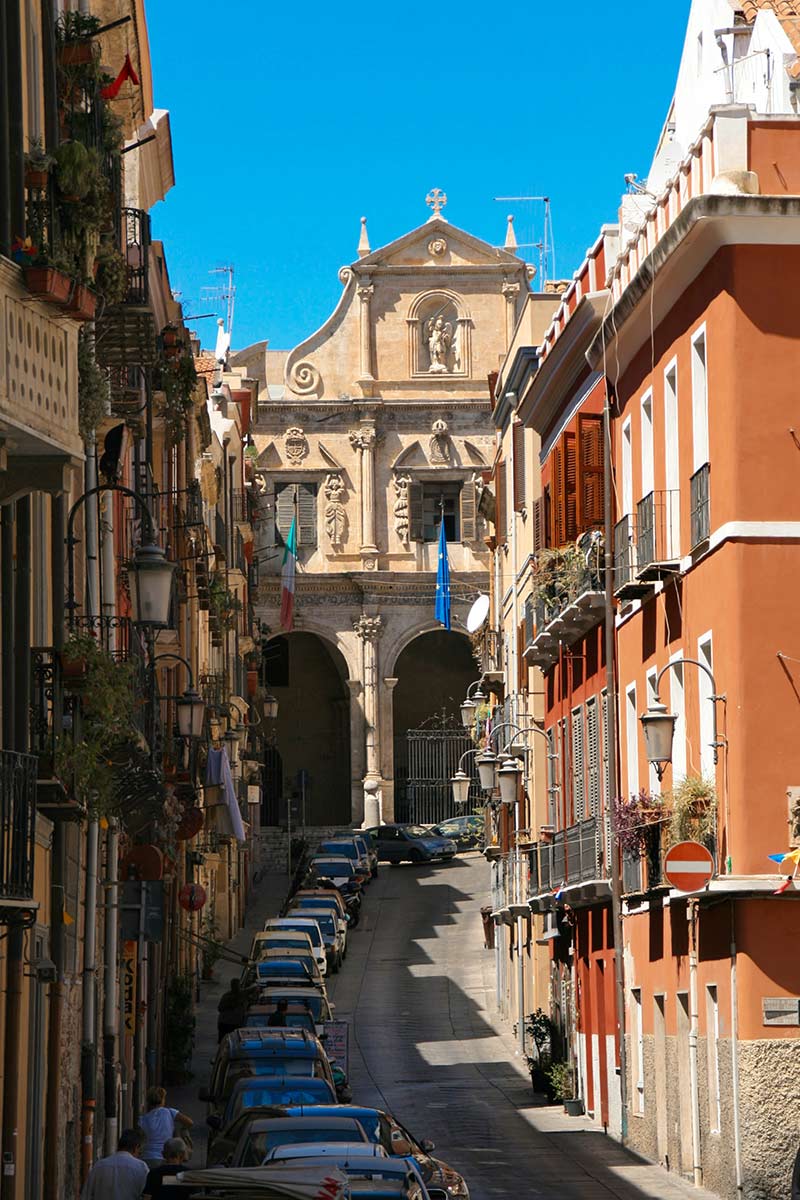
Sardinia
Sardinia, an Italian island to the west of the mainland, is undoubtedly one of the most beautiful places on Earth. Visited as a summer destination, it is well-known for its pristine beaches, clear waters and majestic coastal areas. The island is also known for its Nuraghe, ancient edifices built during the Nuragic age.
Cagliari, the capital, is a beautiful old town mazed with colourful houses and dotted with palm trees. Located on the island’s southern coast, it is also home to the Spiaggia del Poetto, one of the longest beaches in Italy at 7km – for those who want to head straight into the water. The Il Castello district, in particular, is fascinating, lined with beautiful architectural residences and towers, all of which belonged to the city’s aristocrats. While you are there, pass through the Via Stretta, one of the narrowest streets in town and a quiet little treasure with blooming flowers and plants. Stroll through Quartiere Villanova for a walk through a paradise of green and visit the Palazzo Regio, the royal palace built during the Aragonese occupation.
Il Duomo di Cagliari is a 13th-century Roman Catholic church built by the Pisans of the Pisa Republic. The church was added to, renovated over the centuries and incorporates Pisan, Baroque, Gothic and Romanesque styles. The centre attraction is the ambo of Guglielmo, a pair of pulpits built in the 12th century.
Next, head to the island of Saint Antonio, but don’t forget to pass by the salt pans. As you reach the island, stop at the capital, Saint Antonio City, and visit the Linen Museum as well as the Ethnographic Museum to learn about the rich culture. Another stop is the Museo del Mare e dei Maestri d’Ascia, a museum of shipwrights, and the Catacomb di Saint Antioco. Visit the Villaggio Ipogeo Grotte, a labyrinthine underground village made of previously Punic tombs reused as homes by the lower classes of the island as it got repopulated.
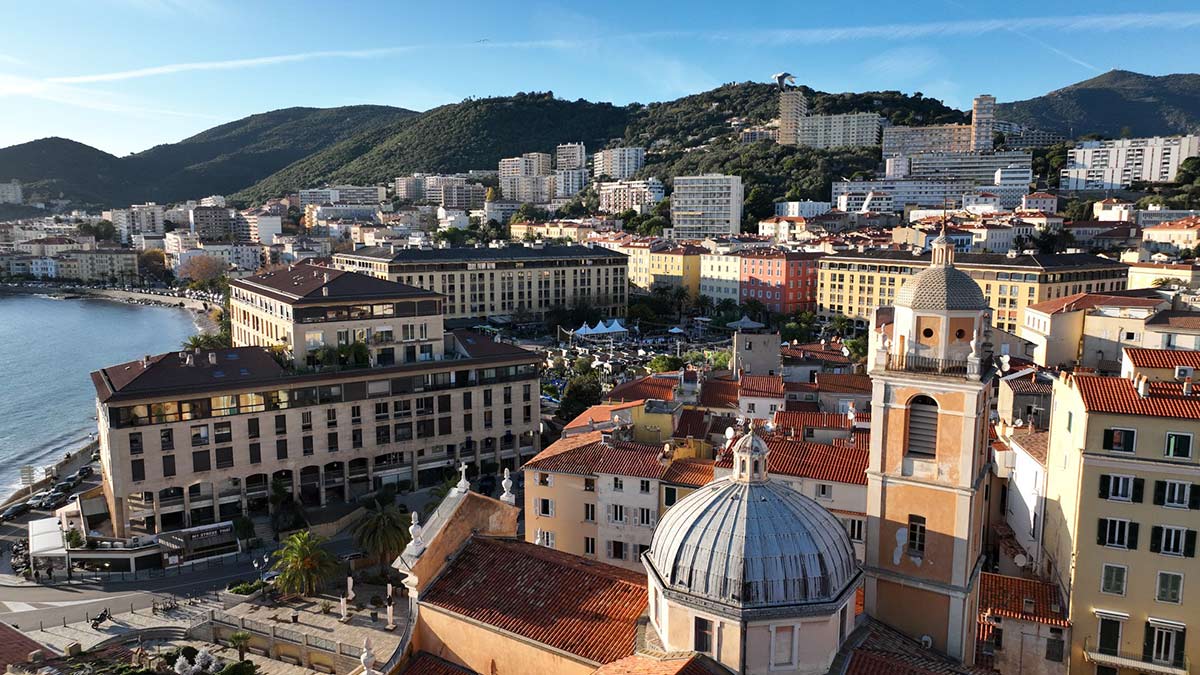
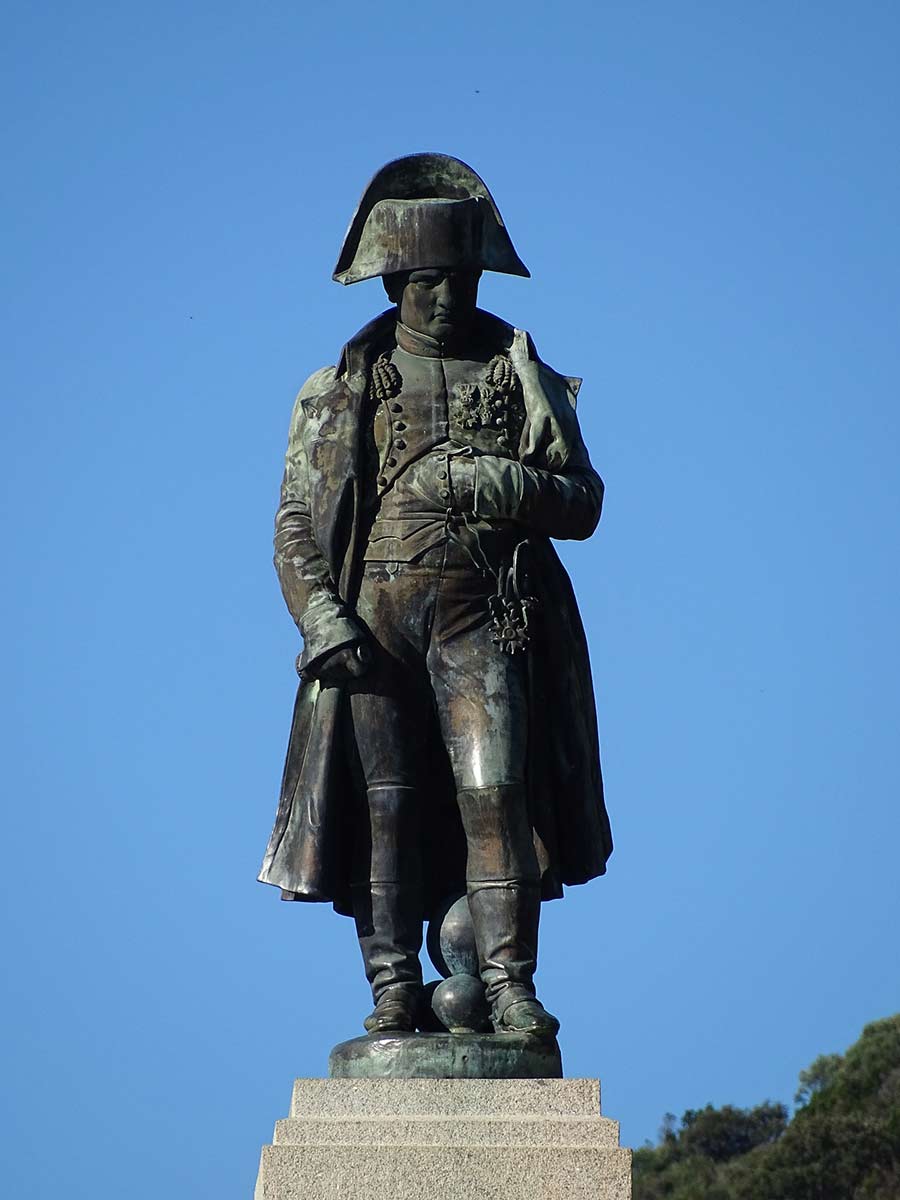
Corsica
Corsica is a French island threaded with mountainous regions and outlined with petite coastal towns. Apart from its azure waters and sandy beaches, it is most well-known for being the birthplace of the infamous Napoleon Bonaparte, who led the opposition in the French revolution and thereafter became the head of the French Republic. It is ironic to discover how one of the fiercest and most dominating figures in world history could come from such a peaceful and paradisial island, is it not?
Stop by Propriano and grab some lunch in any of the restaurants on Napoleon III Avenue. You can make a short visit to the church nearby and admire its bright colours and architecture. If you are looking to cool off, head down the road to the Plage de Propriano, then aim for the city of Ajaccio. Visit the ancient citadel on the beach and catch the Petit Train d’Ajaccio for a 45-minute ride around the city. Don’t forget to stop by the Maison Napoleon to learn about the emperor’s childhood on the island.
For art lovers interested in some quiet artistic contemplation, head towards the Museu Fesch, a palace museum established by Napoleon’s uncle featuring a range of European art. The Guides du Palais, YellowKorner Ajaccio, and Galerie L’Academie are all impressive artistic treasure boxes to explore. Stop by the Chapelle Imperiale to enjoy its exquisite interiors of light blue and gold to finish your visit.
